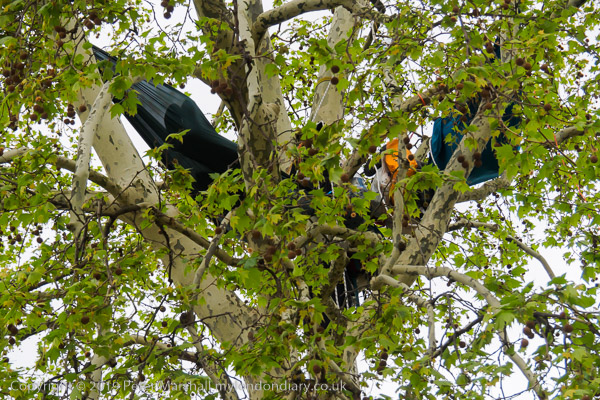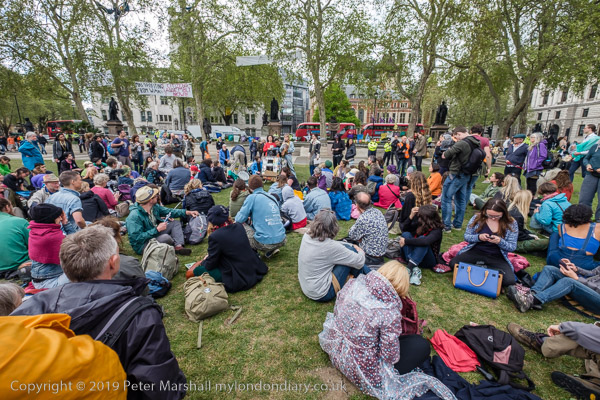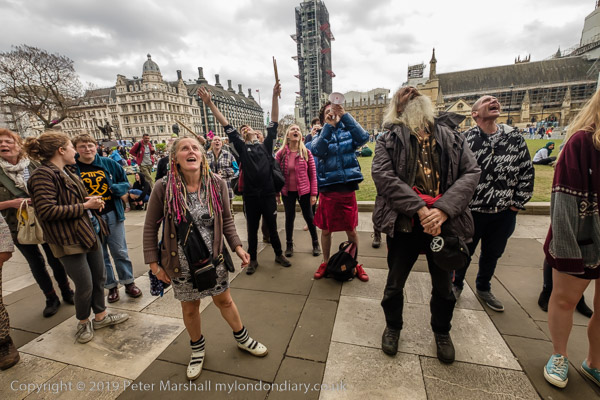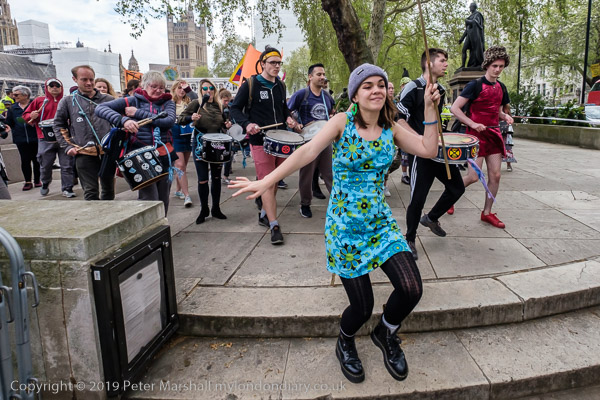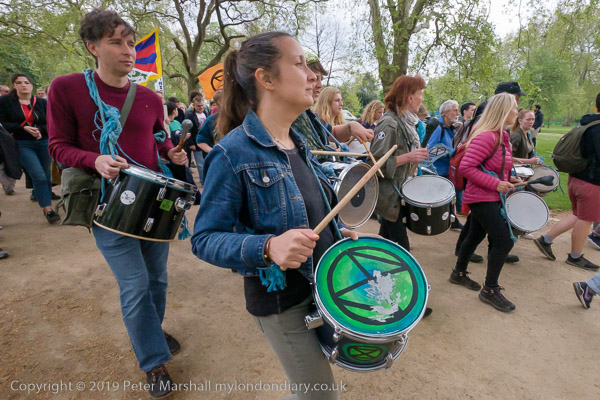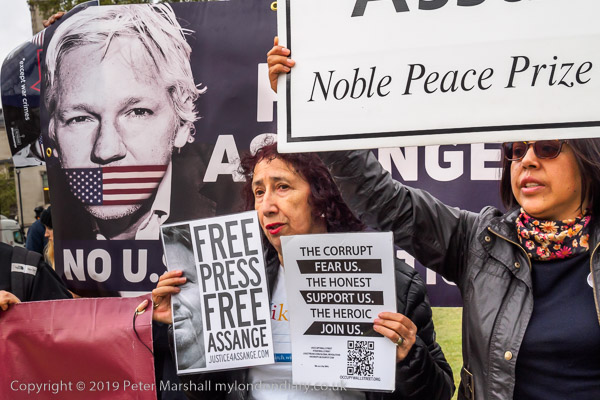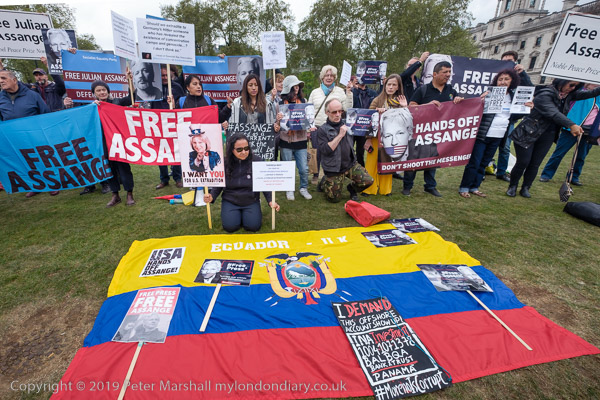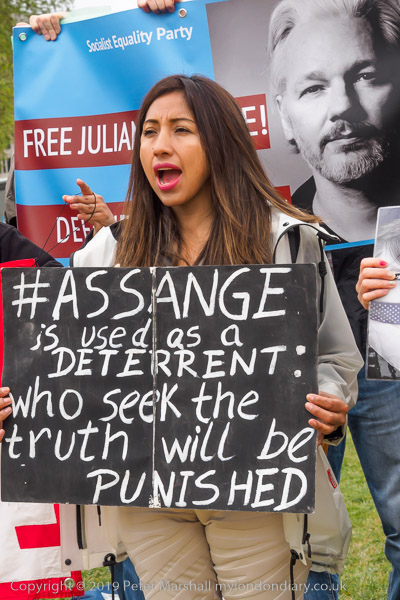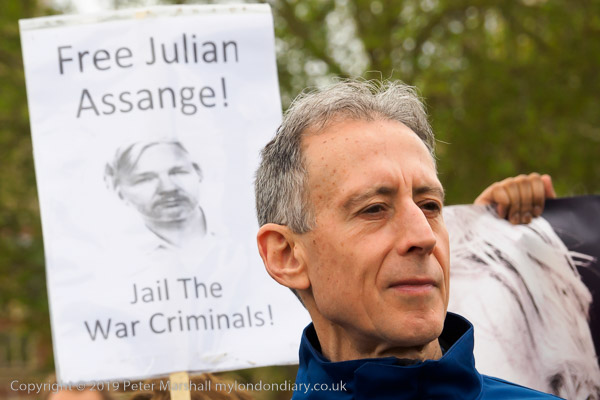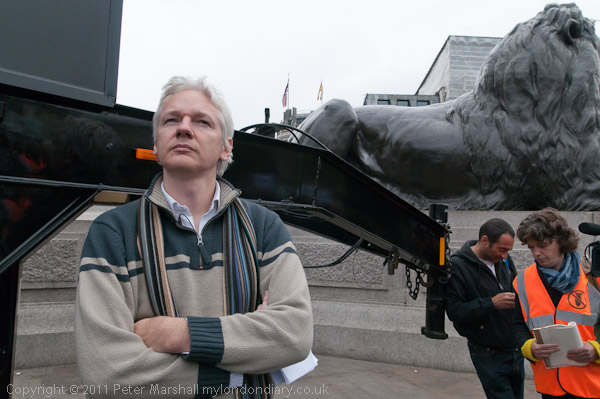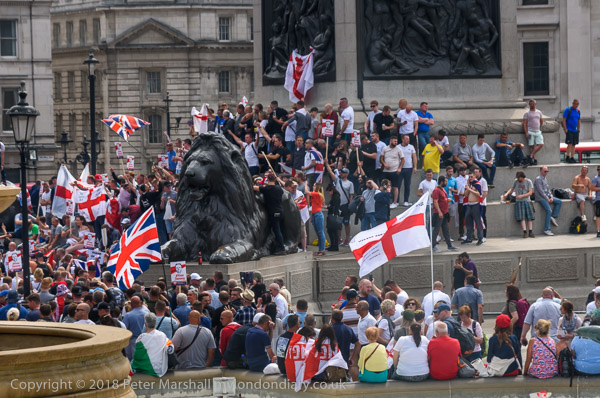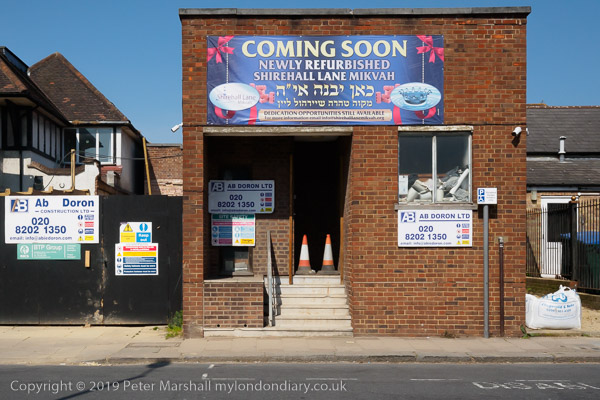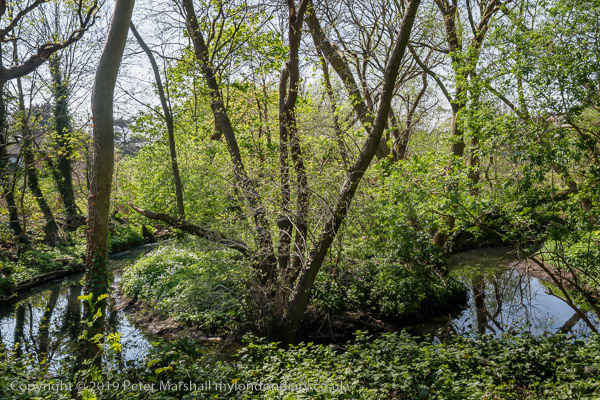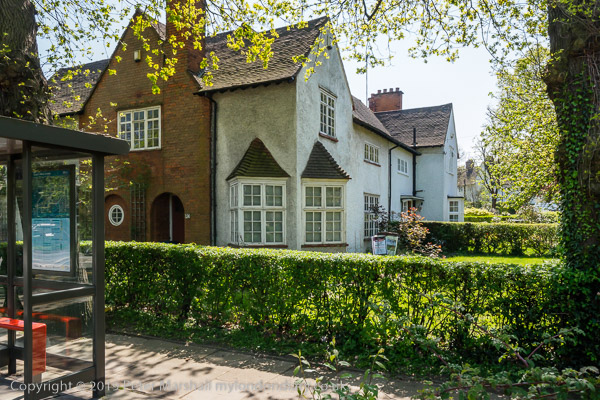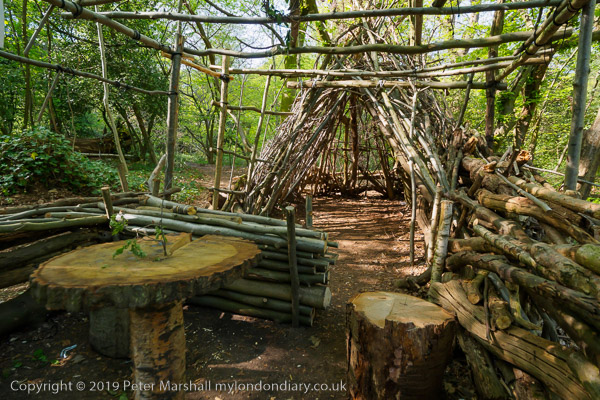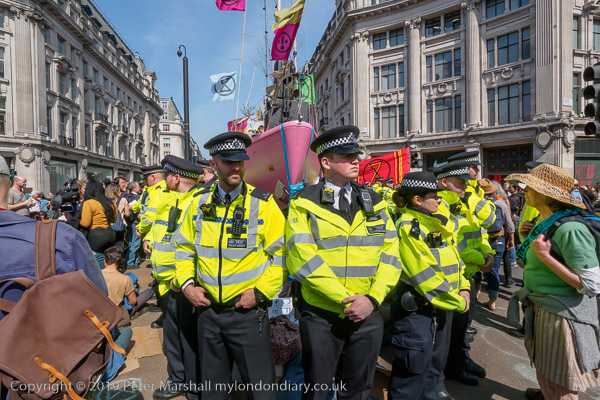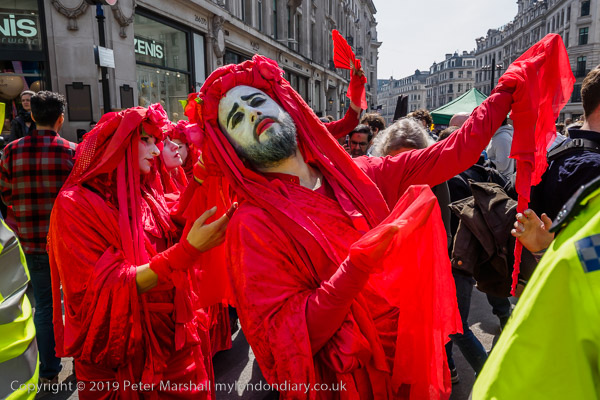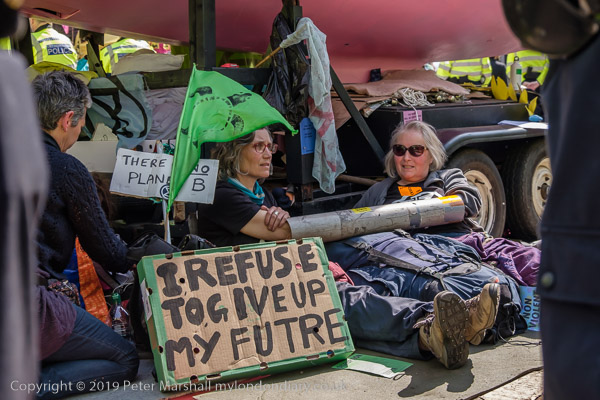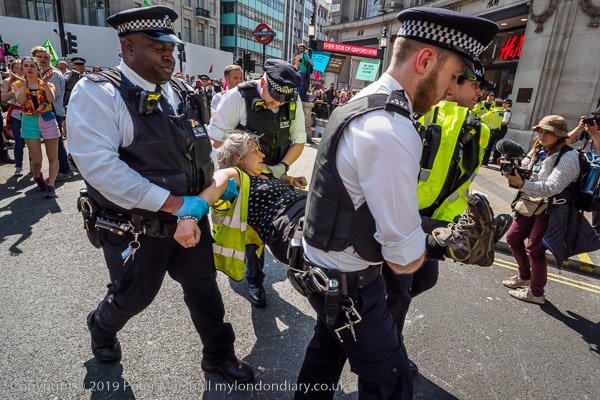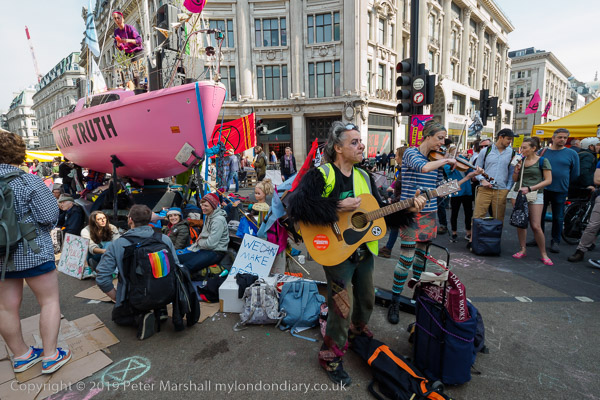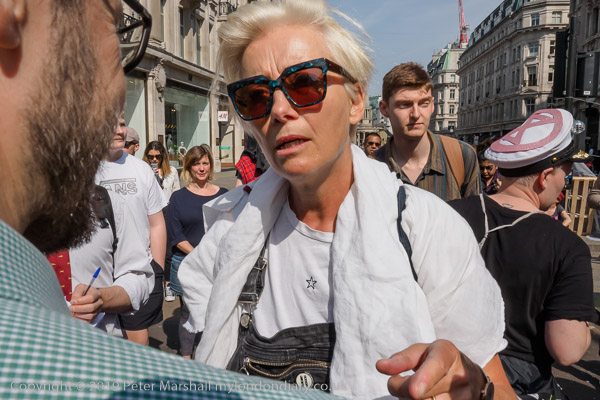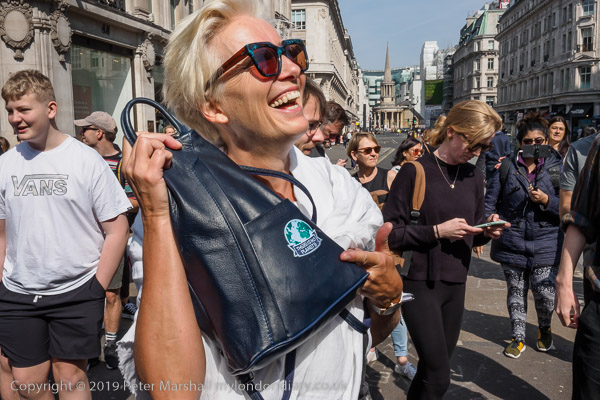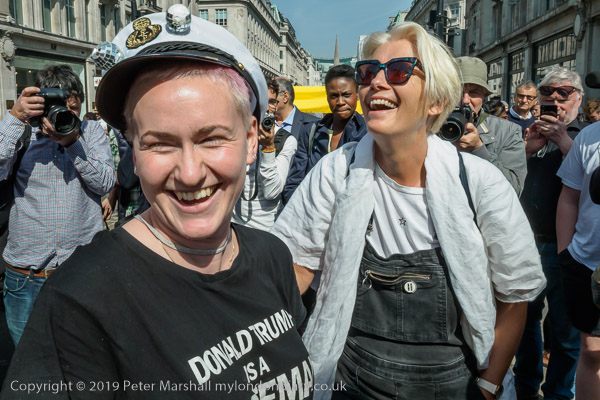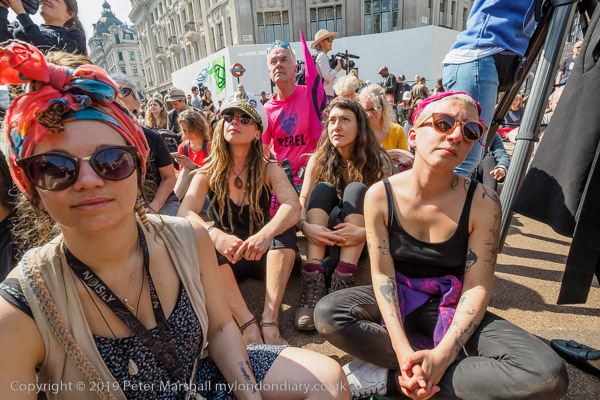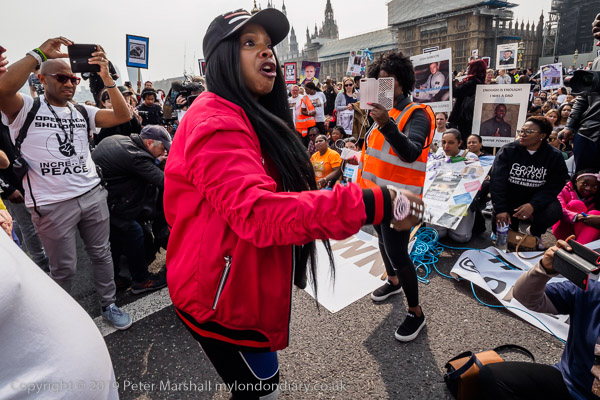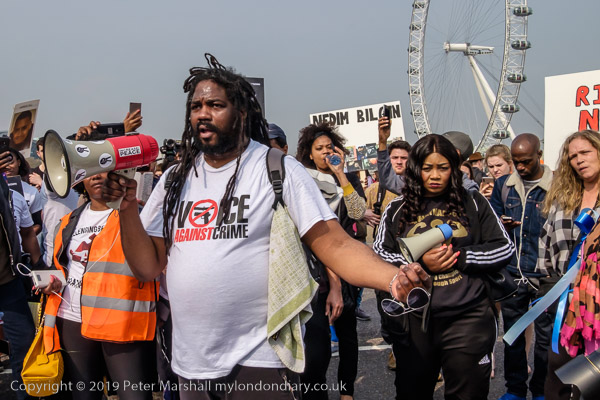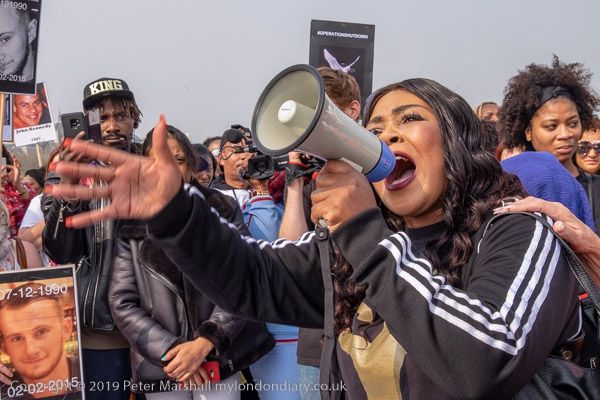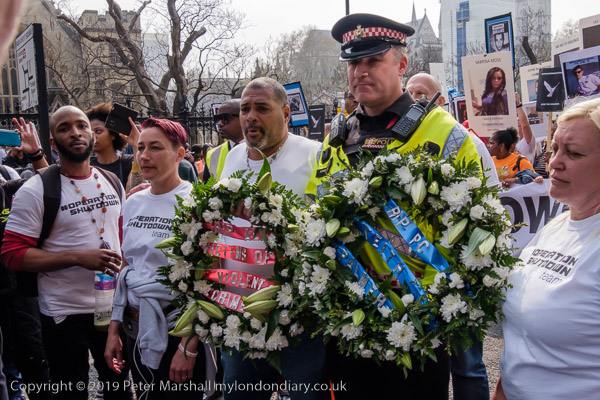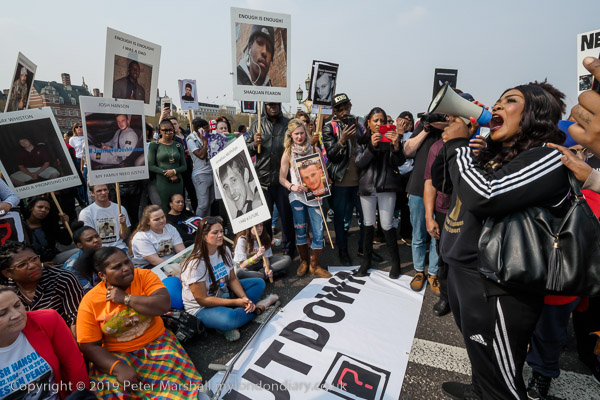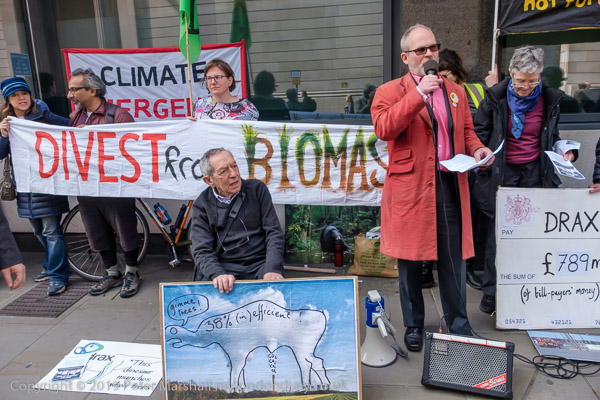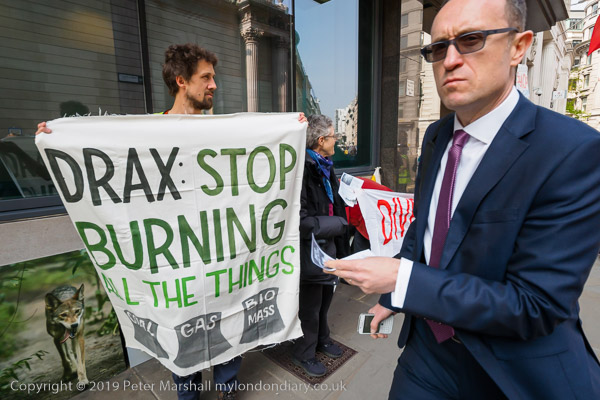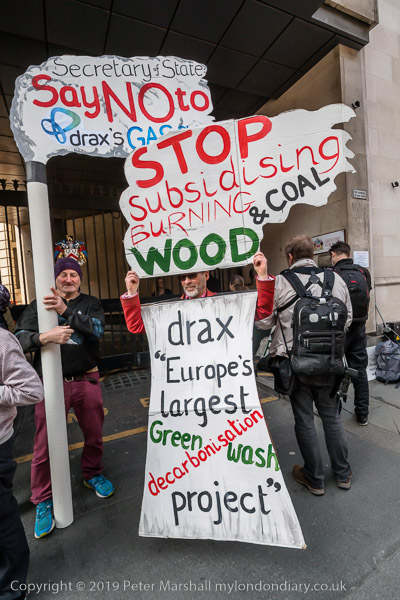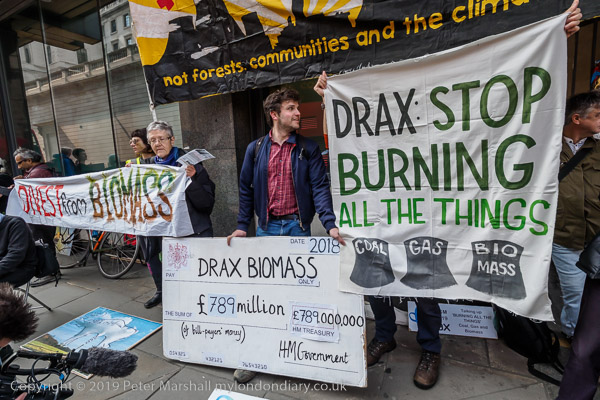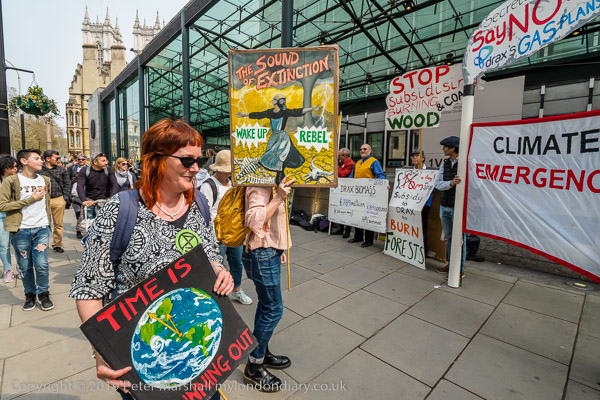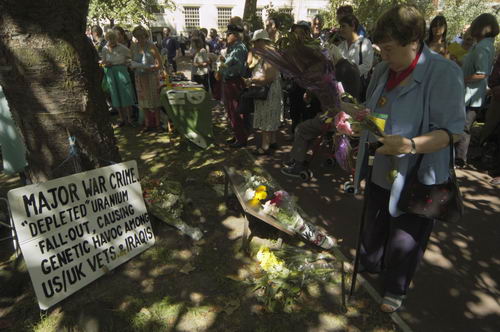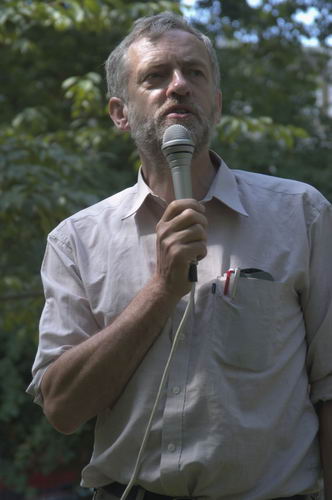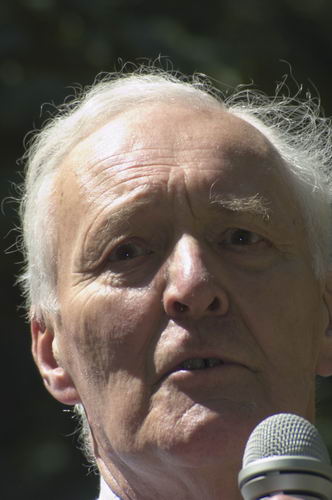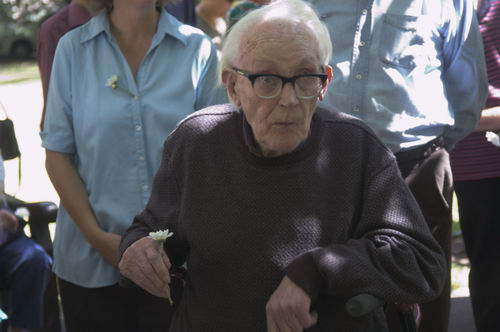Last Friday I was testing out equipment for an event I was hoping to photograph the following day. For the last few months I’ve seldom used the two working Nikon DSLRs I own, working instead with a Fuji XT1 and an Olympus OMD EM5 MKII, and I wasn’t confident that they could cope.
I knew I would need a fairly extreme telephoto lens for some pictures. The longest I own for the Fuji is the 18-135mm F3.5-5.6, equivalent to a 27-203mm, and for the Olympus, the lightweight 14-150mm (28-300mm equiv) f4-5.6. Would either of these be good enough or should I take the larger and heavier Nikon D810 with the 70-300mm Nikkor zoom?
I was worried about the weight as I was expecting to have to walk some distance, so would have preferred not to have to carry the Nikon, as along with another lens to cover the mid-range it would roughly double the weight I was carrying for around four or five hours. But if it really gave better results I’d have to put up with it.
I could get greater magnification from the Nikon, as I don’t need the full image size, but could switch it to DX mode, making it at its long end a 450mm equivalent lens, while still retaining roughly the same pixel count as the Fuji or Olympus, and I thought before looking at the results that this would make a vital difference.
So I got out the gear and took pictures of a subject at roughly the same distance as I would be working – around 200 metres and compared the results. I used more or less the same shutter speed and aperture as I expected to need on the following day, around 1/500 f8 at ISO640, and made sure the image stabilisation was on for the Fuji lens and Olympus body.
I got a couple of surprises from these simple tests. The first was that the two mirrorless systems both focused at least as fast as the DSLR, with the fastest usually being the OM5 (though both the Nikon and the Olympus occasionally went in for a little hunting.)
It took a little fussing around to view the images with the subject roughly the same size on my screen, but the results were interesting. The pictures themselves are pretty boring (and as I was photographing a window in a nearby flat perhaps an invasion of privacy) so I won’t include them here; the differences between the 3 camera/lens setups would in any case probably barely show even on enlarged small sections.
I’d expected the Nikon with its larger sensor and longer (equivalent) focal length to have a distinct advantage, but this wasn’t the case. The clear winner in these tests was Olympus, though the differences were not huge. It seemed a little sharper and to give just a little better gradation. Details in highlight and shadow seemed a little clearer. Even though I had to magnify it more it still more than matched the Nikon. The Fuji lens gave a nice sharp image, but the extra magnification it needed just about showed. But at any size I was likely to need to use the pictures any of the three systems would have done the job.
The D810 in full-frame mode gives images 7360 × 4912 pixels, compared to 4896 x 3264 for the Fuji and 4608 x 3456 for the Olympus. All more than enough for an A4 print – and if the images are sharp you can go considerably larger. Those extra pixels that the Nikon has to offer are very seldom needed.
Of course Nikon has newer and better telephoto lenses than the old model I own, the 70-300mm f/4-5.6D ED AF Nikkor. The Fuji lens weighs 490g, not particularly heavy for its specification, but almost twice as much as the Olympus at 285g. Both essentially replace two of my Nikon lenses, and of course both Olympus and Fuji bodies are considerable lighter than the D810.
My Nikon 70-300 was made for film and is not really up to the demands of high-pixel digital cameras, particularly at its longer focal lengths, so I shouldn’t be too surprised at the result. It weighs 520g, only a few grams more than the Fuji 18-135, but its modern replacement, the AF-P NIKKOR 70-300mm f/4.5-5.6E ED VR is noticeably heavier at 680g – and reviews show it to be a rather better performer. I don’t do a great deal with long focal lengths and got my lens second-hand at a bargain price, around a fifth of the cost of the newer model.
The tests showed me that the Olympus would do the job well and so I packed my bag ready for the following morning. But the following day gale force winds meant I had to cancel my journey. But at least I know for the future that I don’t need to carry the extra weight to use a long lens.
